Home>Gardening & Outdoor>Landscaping Ideas>When To Apply Fungus Control For Lawns
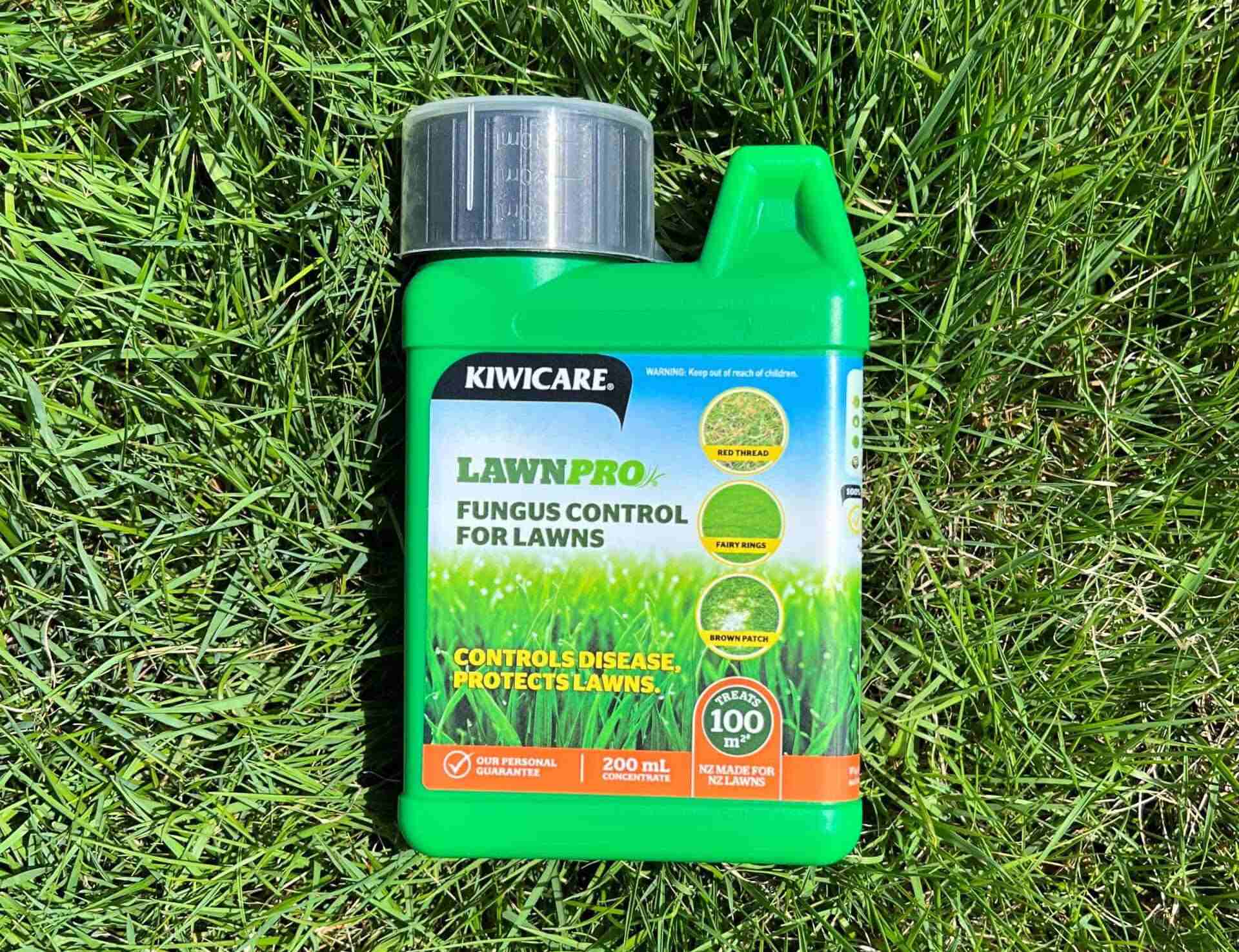

Landscaping Ideas
When To Apply Fungus Control For Lawns
Published: December 25, 2023
Learn the best landscaping ideas for applying fungus control for lawns at the right time. Keep your lawn healthy and fungus-free with these tips.
(Many of the links in this article redirect to a specific reviewed product. Your purchase of these products through affiliate links helps to generate commission for Storables.com, at no extra cost. Learn more)
Introduction
Landscaping enthusiasts and homeowners alike take pride in maintaining lush, green lawns that enhance the beauty of their outdoor spaces. However, the presence of lawn fungus can quickly disrupt the serenity of a well-tended yard. To ensure the longevity and vibrancy of your lawn, it's crucial to understand the nature of lawn fungus, recognize the signs of infection, and implement effective control measures.
Lawn fungus, a common issue for many homeowners, can manifest in various forms, such as brown patches, moldy spots, or discolored areas. These unsightly blemishes not only detract from the visual appeal of your lawn but also pose a threat to its overall health. Fortunately, with the right knowledge and proactive measures, you can effectively combat fungal infections and restore your lawn to its former splendor.
In this comprehensive guide, we will delve into the intricacies of lawn fungus, exploring the telltale signs of infection and the optimal times to apply fungus control. By gaining a deeper understanding of these key aspects, you will be empowered to take the necessary steps to protect your lawn from the detrimental effects of fungal growth.
Join us as we embark on a journey to uncover the secrets of maintaining a vibrant, fungus-free lawn that will be the envy of the neighborhood. Let's dive into the world of lawn care and equip ourselves with the knowledge and tools needed to combat lawn fungus effectively.
Key Takeaways:
- Combat lawn fungus by applying fungicides in late spring to early summer and early to mid-fall to protect your lawn from fungal threats and maintain its health and vibrancy.
- Recognize signs of fungal infection like discolored patches, mold on grass, and slowed growth, and use liquid sprays or granular fungicides to proactively control fungal growth and preserve your lawn’s lush appearance.
Read more: When To Apply Grub Control For Lawns
Understanding Lawn Fungus
Before delving into the specifics of combating lawn fungus, it’s essential to grasp the nature of this common lawn affliction. Lawn fungus, also known as turf fungus, refers to a variety of fungal species that can take hold in grass and soil, leading to unsightly and damaging effects. These fungi thrive in damp, warm conditions, making lawns particularly susceptible after periods of heavy rain or excessive irrigation.
One of the most prevalent types of lawn fungus is brown patch fungus, which typically appears as circular, discolored patches on the grass. Another common variety is dollar spot fungus, characterized by small, silver dollar-sized spots that can merge to form larger affected areas. Additionally, powdery mildew, a white, powdery substance that coats the grass blades, can also plague lawns, especially during humid weather.
Lawn fungus not only mars the visual appeal of the turf but also compromises its overall health. When left unchecked, fungal infections can weaken the grass, making it more susceptible to drought, pests, and other stressors. Furthermore, certain fungal strains can produce mycotoxins that are harmful to pets and humans, posing a potential health risk.
Understanding the conditions that foster fungal growth is crucial for effective prevention and control. In addition to moisture and warmth, poor air circulation, compacted soil, and excessive thatch can create an environment conducive to fungal proliferation. By addressing these underlying factors, homeowners can significantly reduce the likelihood of lawn fungus taking hold.
Equipped with a foundational understanding of lawn fungus, we can now turn our attention to identifying the telltale signs of fungal infection and the best strategies for mitigating its impact on your lawn.
Signs of Fungal Infection
Recognizing the early indicators of fungal infection is paramount in addressing the issue before it escalates and causes widespread damage to your lawn. By staying vigilant and attuned to the subtle signs of fungal growth, homeowners can take proactive measures to contain the problem and prevent its spread.
One of the most conspicuous signs of fungal infection is the emergence of discolored patches on the lawn. These patches may vary in size and color, depending on the specific type of fungus at play. For instance, brown patch fungus often presents as irregularly shaped, brownish areas, while dollar spot fungus manifests as small, bleached spots that gradually enlarge if left unchecked.
Another prevalent indication of fungal infection is the presence of mold or mildew on the grass blades. Powdery mildew, in particular, coats the grass with a powdery, white substance, imparting a distinctly unhealthy appearance to the turf. Additionally, the development of fungal spores or structures, such as mushrooms or toadstools, in the lawn signifies a thriving fungal population that warrants immediate attention.
Grass that appears wilted, withered, or exhibits slowed growth may also be experiencing the detrimental effects of fungal infiltration. As the fungi impede the grass’s ability to absorb nutrients and water, the overall vitality of the lawn diminishes, leading to observable signs of distress. Furthermore, if the affected areas feel spongy or unusually soft underfoot, it is likely that fungal activity is at play beneath the surface.
It’s important to note that the presence of these symptoms may vary depending on the specific type of fungus and the prevailing environmental conditions. Regularly inspecting your lawn for these telltale signs and promptly addressing any abnormalities will enable you to intervene at the earliest stages of infection, increasing the likelihood of successful control and restoration.
Armed with the knowledge of identifying fungal infection, we can now explore the optimal timing for applying fungus control measures to safeguard the health and aesthetic appeal of your lawn.
Apply fungicide for lawn fungus control in early spring before the fungus becomes active. Follow the instructions on the product label for best results.
Best Times to Apply Fungus Control
Timing is crucial when it comes to implementing effective fungus control measures for your lawn. By aligning the application of fungicides with the optimal periods for combating fungal growth, homeowners can maximize the efficacy of their efforts and protect their lawns from the damaging effects of these insidious invaders.
Early detection and intervention are key components of successful fungus control. As such, the best times to apply fungus control typically coincide with the periods when fungal activity is most likely to occur or when environmental conditions are conducive to their proliferation. In many regions, the transition from late spring to early summer represents a prime window for applying fungicides, as this period often sees a surge in fungal activity due to warm, humid weather.
Moreover, the onset of fall presents another opportune moment for implementing fungus control measures. During this time, lawns are often recovering from the stresses of summer and preparing for the dormancy of winter. Applying fungicides in the early to mid-fall can help fortify the grass against fungal threats and ensure its resilience during the colder months.
It’s important to note that preventive applications of fungicides can be particularly beneficial in averting fungal infections before they take hold. By proactively treating the lawn with fungicides during these critical periods, homeowners can create a protective barrier against potential fungal incursions, safeguarding the health and vitality of the turf.
However, the timing of fungus control applications may vary based on the specific type of fungus prevalent in your region and the prevailing climatic conditions. Consulting with local lawn care experts or extension offices can provide valuable insights into the optimal timing for applying fungicides based on regional factors and environmental cues.
By strategically scheduling the application of fungus control measures during these pivotal periods, homeowners can effectively shield their lawns from the detrimental effects of fungal infections and maintain a verdant, thriving outdoor space for enjoyment throughout the year.
Methods of Applying Fungus Control
When it comes to applying fungus control measures, homeowners have several methods at their disposal, each offering unique advantages in combating fungal infections and preserving the health of their lawns. From traditional fungicidal sprays to innovative systemic treatments, understanding the various application methods is essential for effectively addressing fungal threats and maintaining a vibrant, disease-free lawn.
One of the most common and accessible approaches to applying fungus control is through the use of liquid fungicidal sprays. These products are typically mixed with water and applied using a sprayer, allowing for even distribution across the lawn. Liquid fungicides are versatile and can be tailored to target specific types of fungi, offering a targeted and effective solution for combating prevalent fungal infections.
Granular fungicides, which come in pellet or granule form, are another popular method for applying fungus control. These products are spread across the lawn using a spreader, providing a convenient and efficient means of delivering fungicidal treatment to the grass. Granular fungicides are particularly well-suited for larger lawns and offer extended residual protection against fungal threats.
For homeowners seeking a more hands-on approach to fungus control, systemic fungicides present a compelling option. These treatments are absorbed by the grass, providing long-lasting protection against a broad spectrum of fungal infections. Systemic fungicides can be applied as granules or liquid formulations, offering flexibility in tailoring the treatment to the specific needs of the lawn.
In addition to traditional fungicidal treatments, cultural practices such as improving air circulation, reducing thatch buildup, and addressing soil compaction can significantly enhance the efficacy of fungus control measures. By creating an environment that is less conducive to fungal growth, homeowners can complement the effects of fungicidal applications and fortify the lawn against future infections.
It’s important to note that the selection of the most suitable application method should consider factors such as the type of fungus present, the size of the lawn, and the desired duration of protection. Consulting with lawn care professionals can provide valuable guidance in determining the most effective and practical approach to applying fungus control measures tailored to your lawn’s unique requirements.
By leveraging these diverse methods of applying fungus control, homeowners can proactively combat fungal infections and preserve the lush, healthy appearance of their lawns, ensuring a welcoming outdoor space for relaxation and recreation.
Read also: 14 Best Fungus Control For Lawns For 2024
Conclusion
As stewards of our outdoor sanctuaries, it is our responsibility to safeguard the health and beauty of our lawns from the pervasive threat of fungal infections. By gaining a comprehensive understanding of lawn fungus, recognizing the signs of infection, and strategically applying fungus control measures, homeowners can effectively combat these insidious invaders and preserve the vibrancy of their outdoor spaces.
Understanding the environmental conditions that foster fungal growth and being attuned to the subtle indicators of infection empowers homeowners to intervene at the earliest stages, mitigating the detrimental effects of fungal infiltration. By proactively applying fungicides during the optimal periods, such as the transition from late spring to early summer and the onset of fall, homeowners can create a protective shield against fungal threats and fortify their lawns for year-round resilience.
Furthermore, the diverse methods of applying fungus control, ranging from liquid sprays to systemic treatments, offer homeowners flexibility in tailoring their approach to combatting fungal infections. By complementing fungicidal applications with sound cultural practices, such as improving air circulation and addressing soil compaction, homeowners can create an environment that is less hospitable to fungal growth, bolstering the efficacy of their fungus control efforts.
As we embark on this journey to protect our lawns from the perils of fungal infections, let us embrace the knowledge and tools at our disposal to cultivate thriving, disease-free outdoor spaces. Through vigilance, strategic intervention, and a proactive mindset, we can ensure that our lawns remain verdant, inviting havens for relaxation, recreation, and cherished moments with loved ones.
Together, let us nurture our lawns, fortifying them against the encroachment of fungal threats and savoring the beauty and tranquility of our outdoor retreats for years to come.
Frequently Asked Questions about When To Apply Fungus Control For Lawns
Was this page helpful?
At Storables.com, we guarantee accurate and reliable information. Our content, validated by Expert Board Contributors, is crafted following stringent Editorial Policies. We're committed to providing you with well-researched, expert-backed insights for all your informational needs.

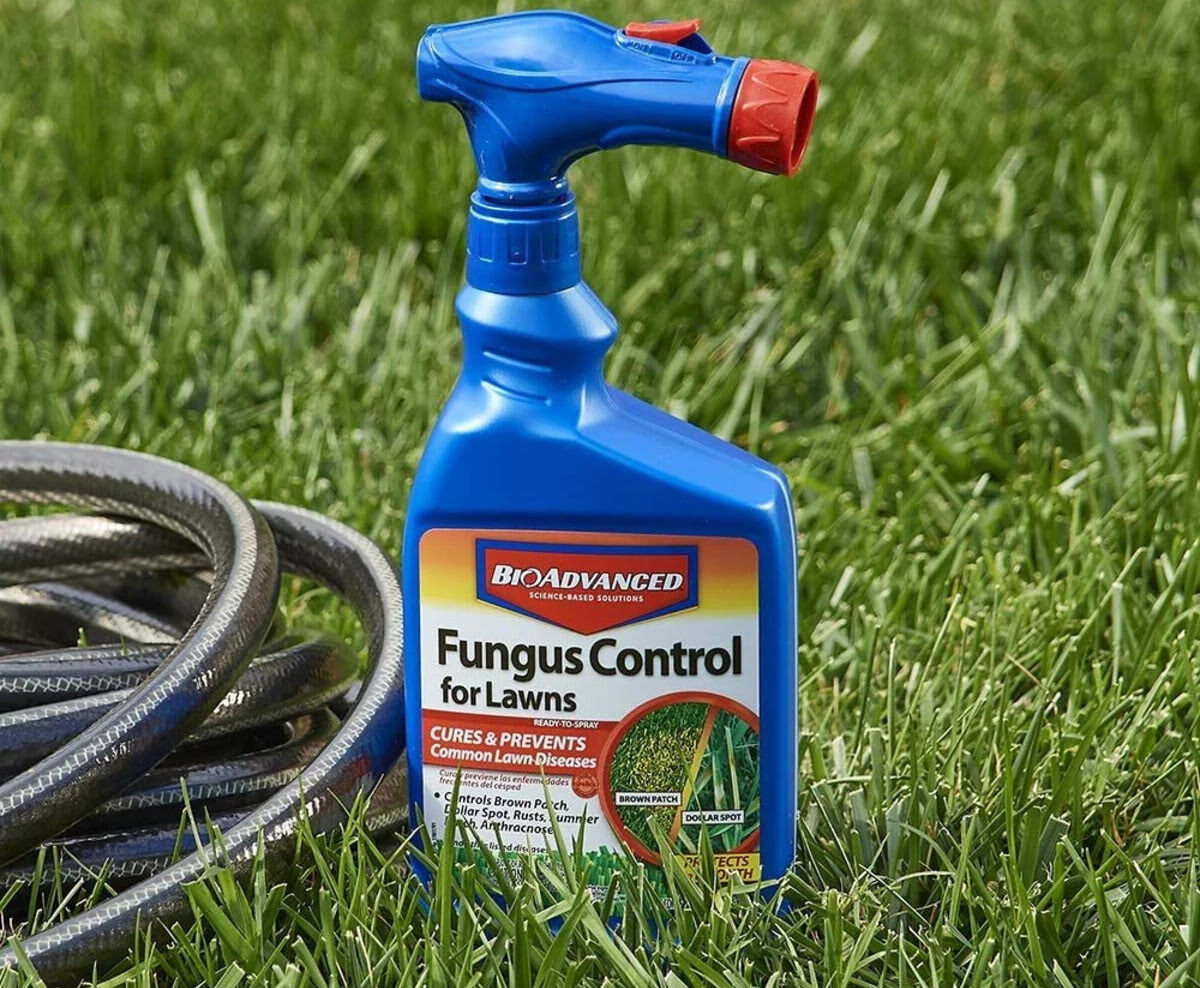
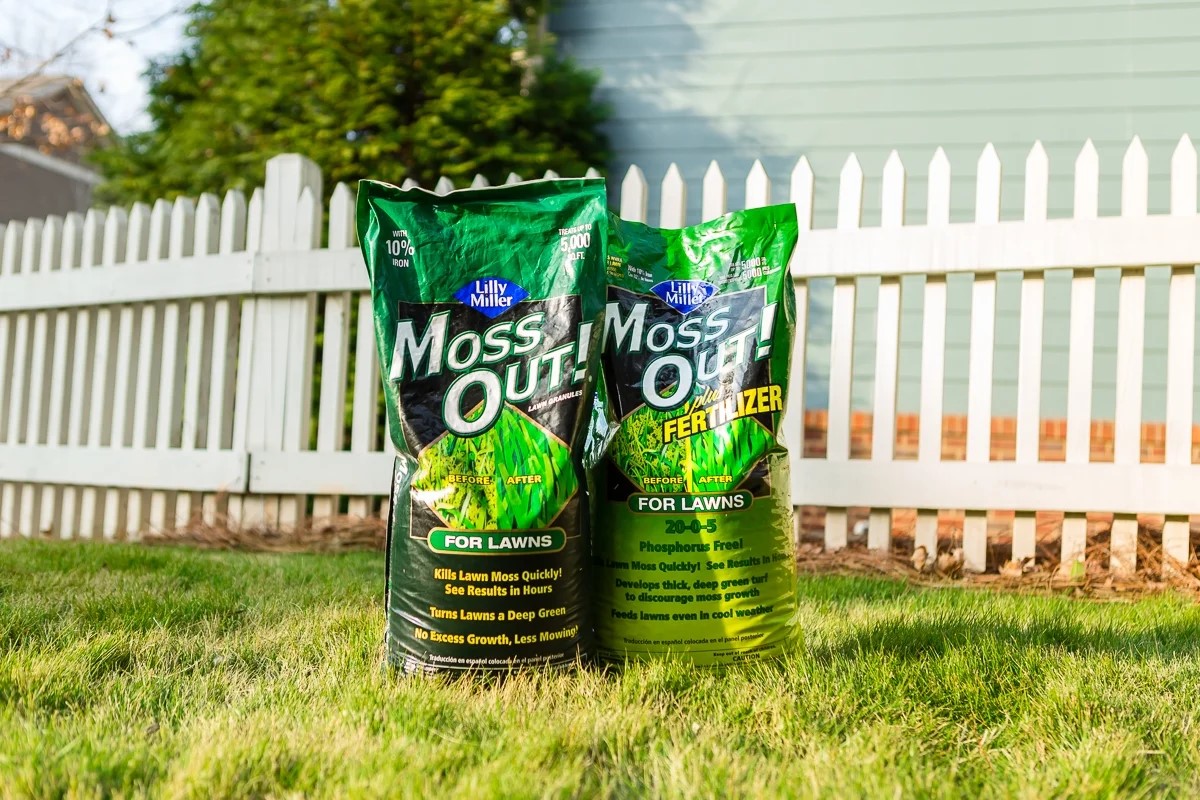
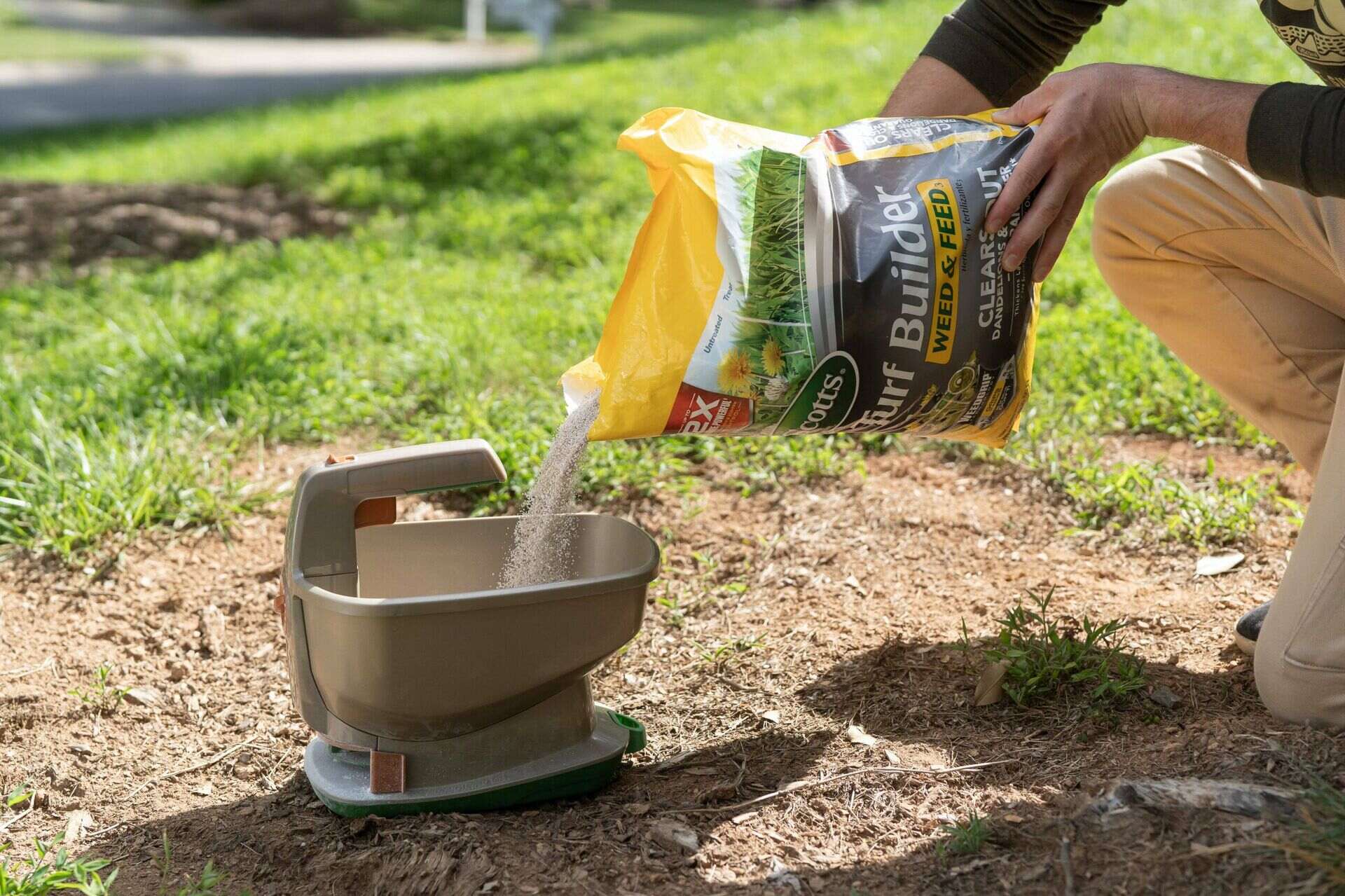
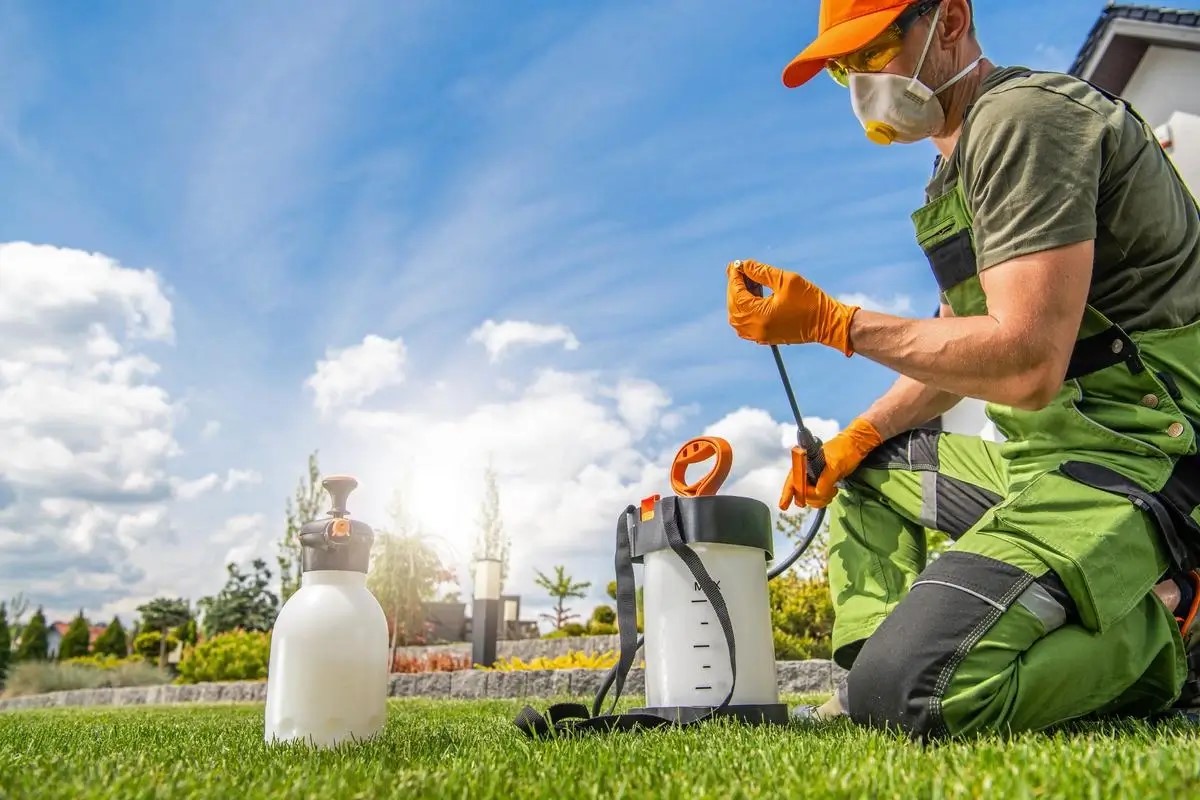
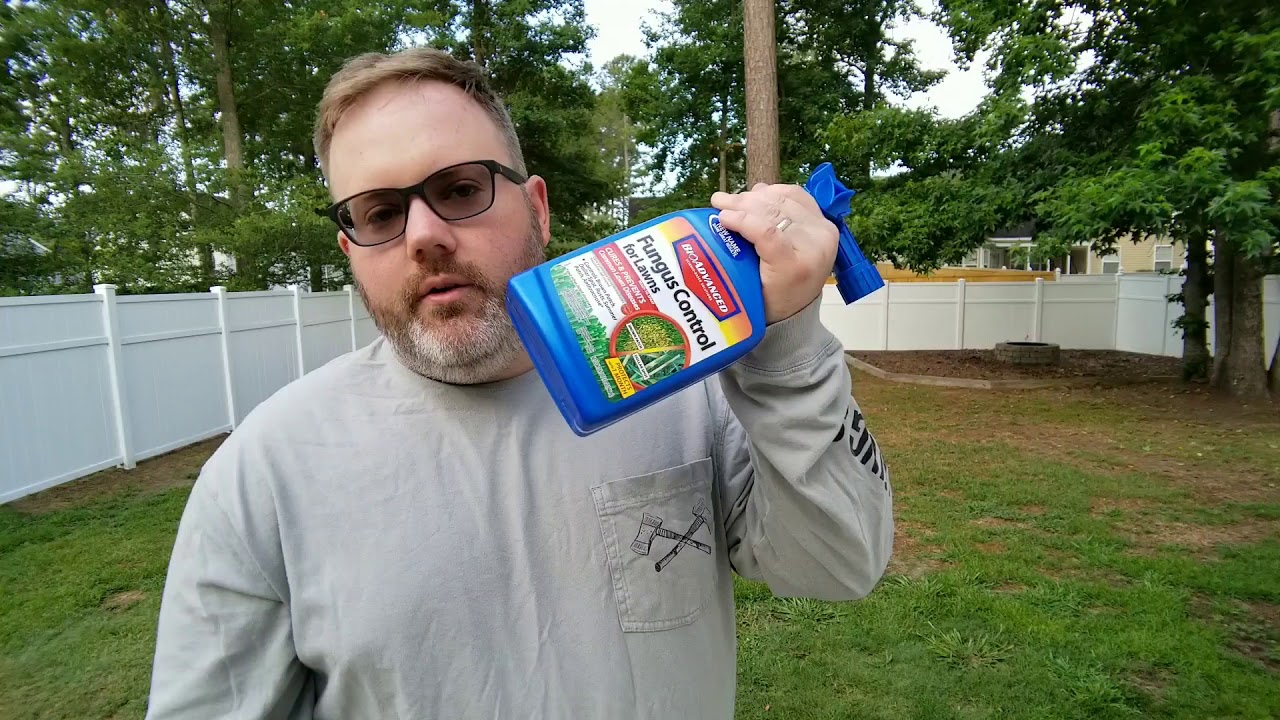
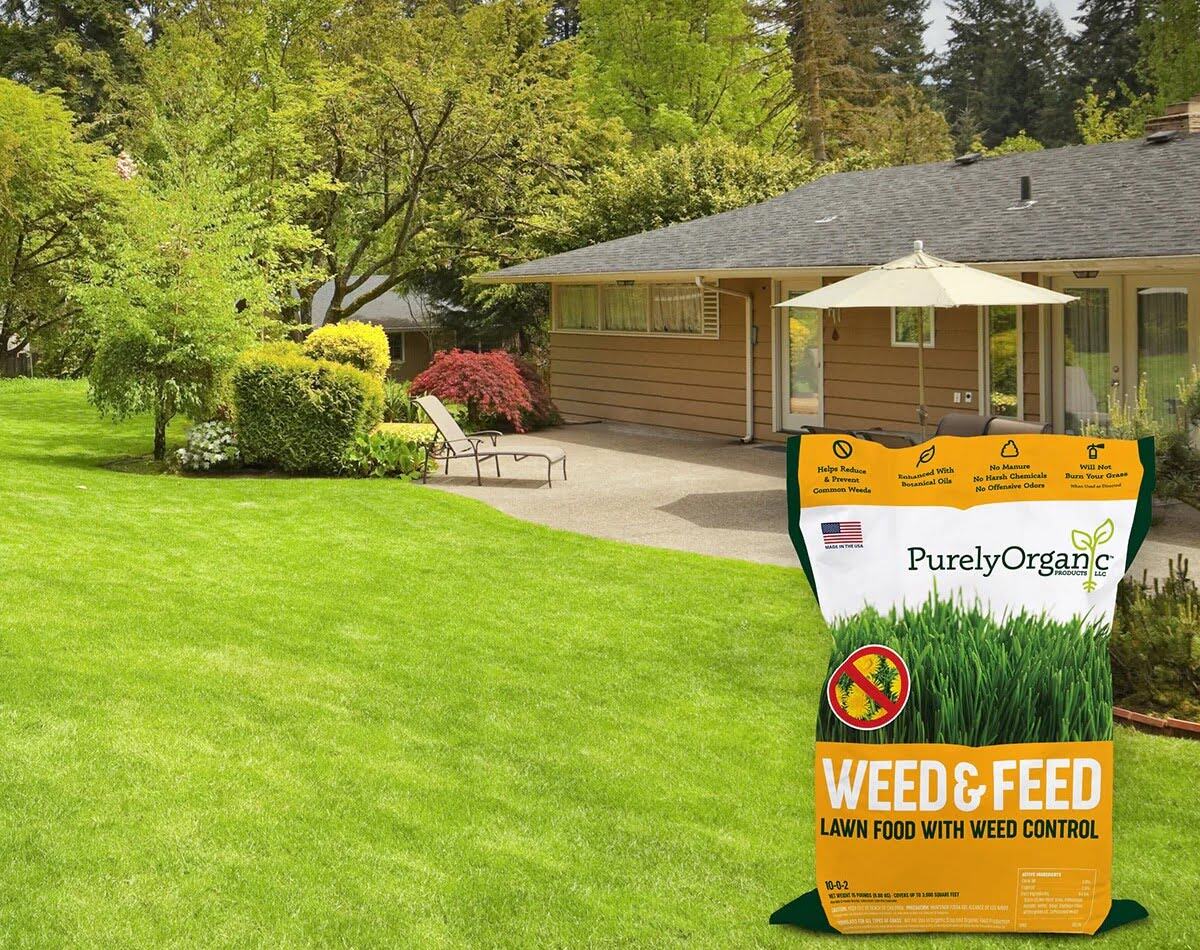
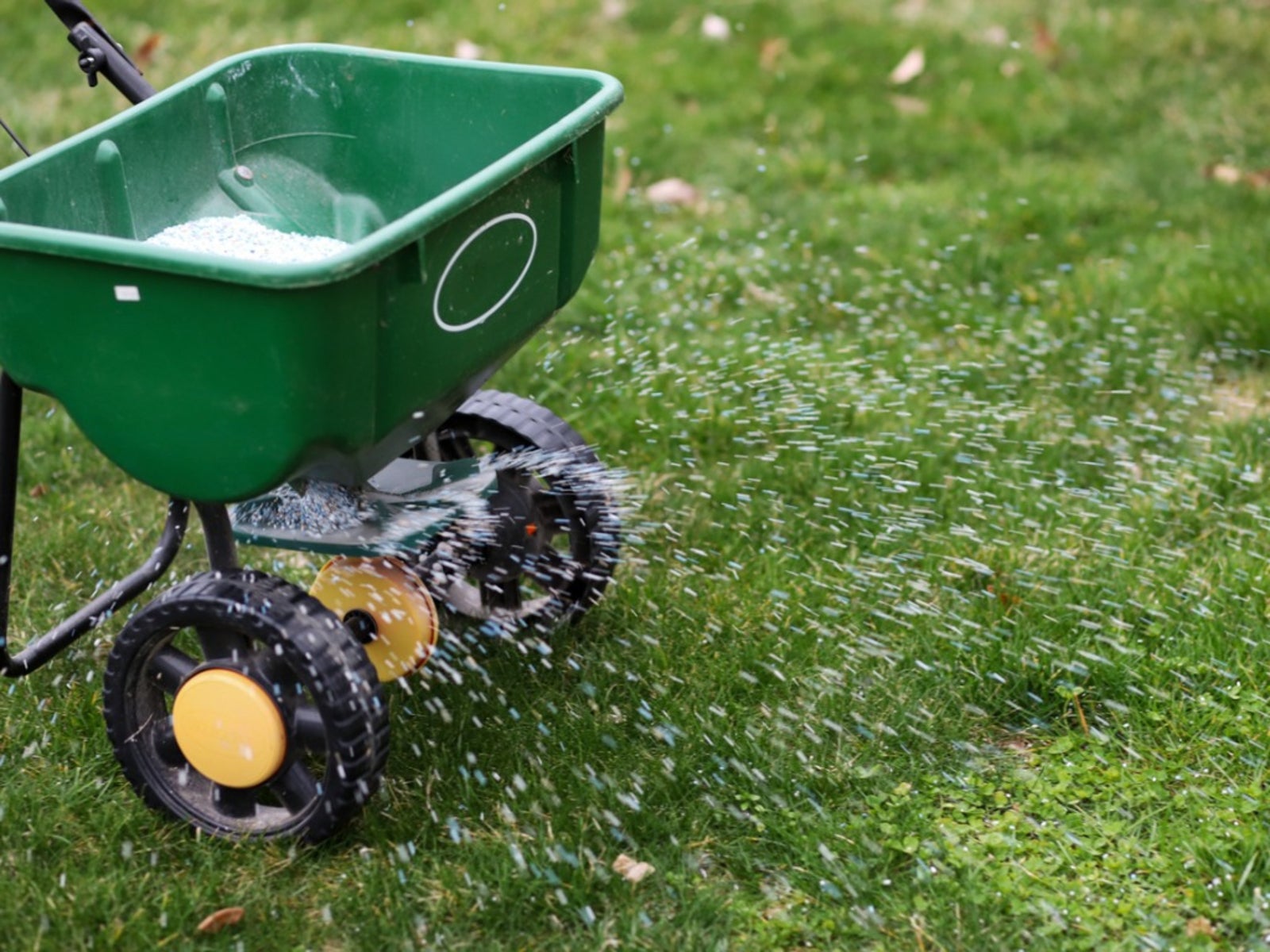
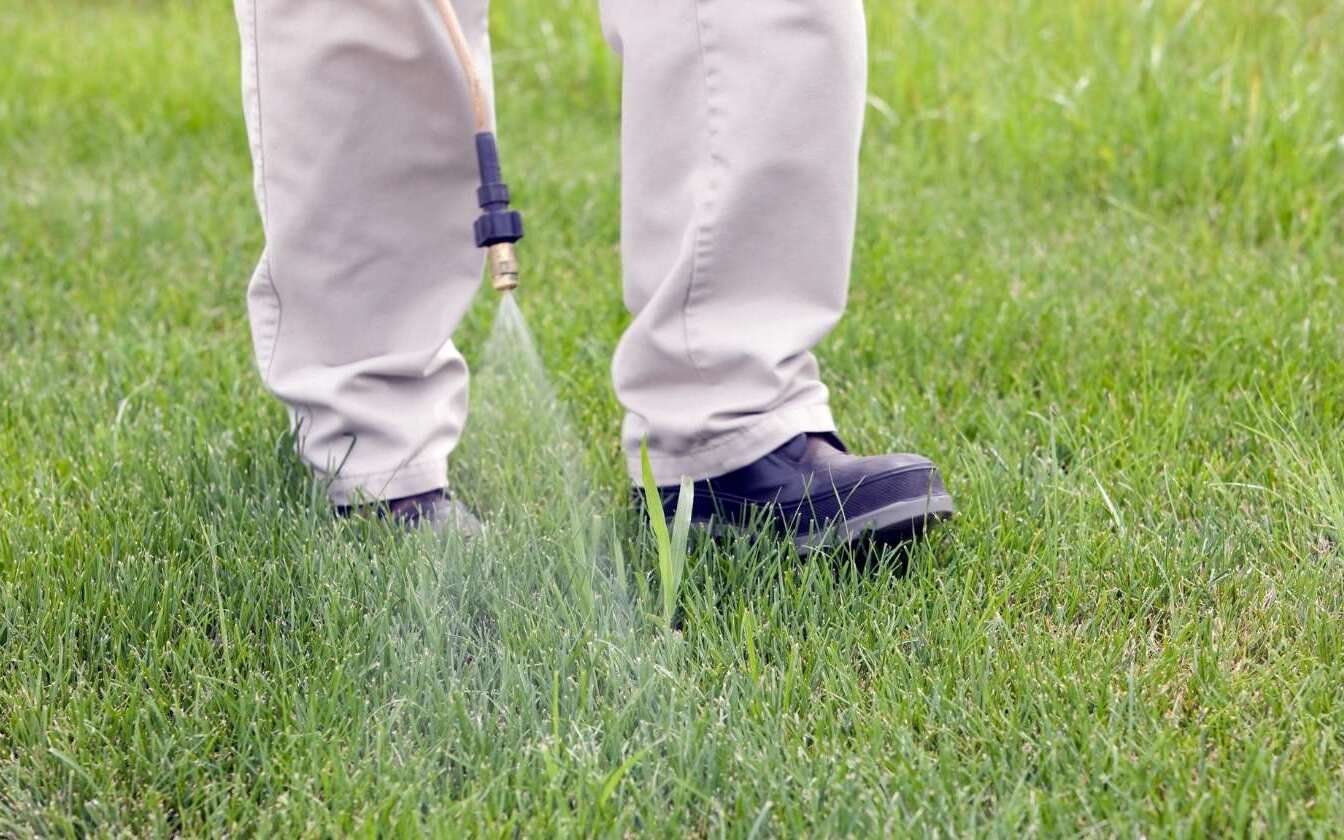
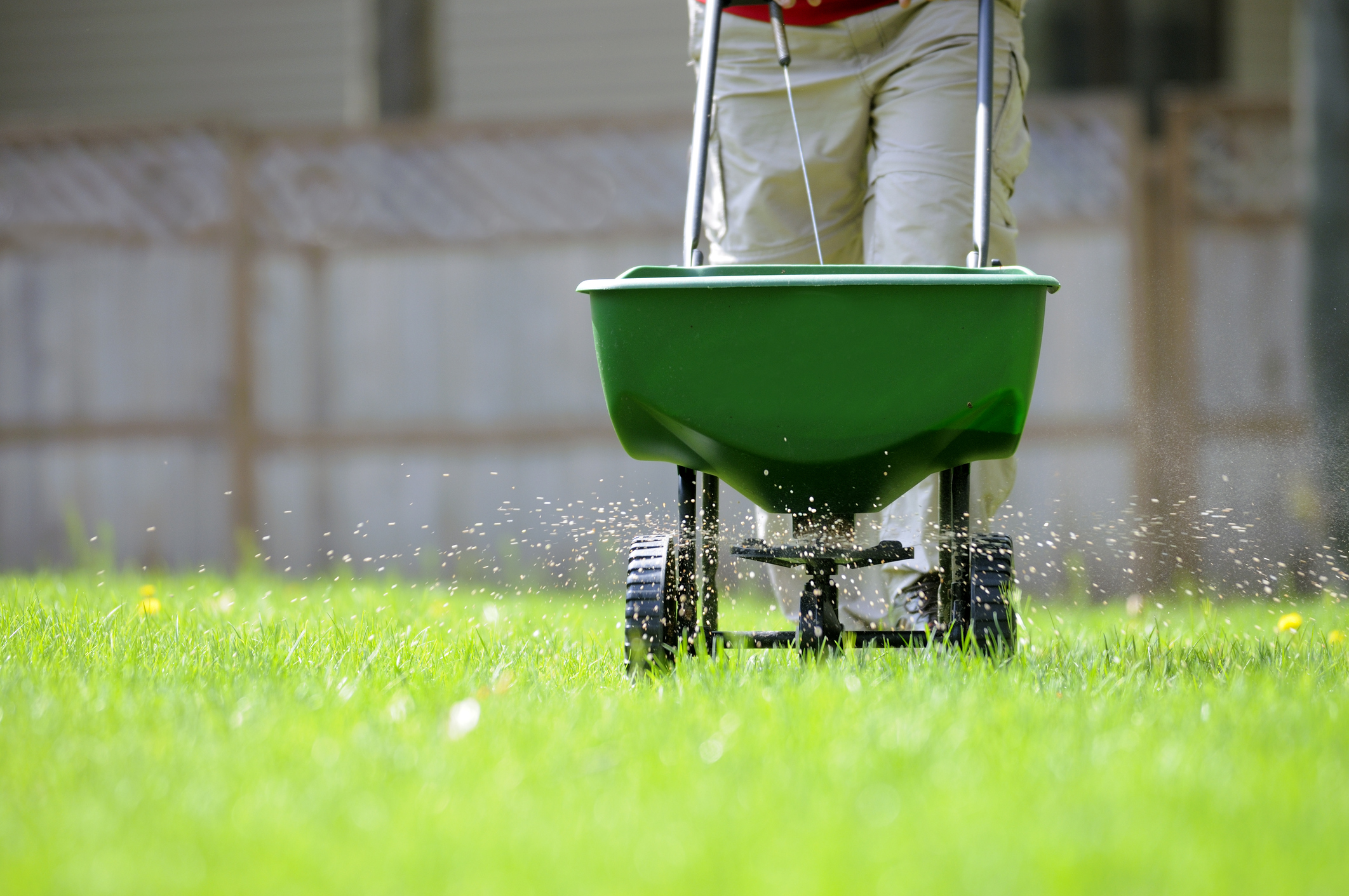
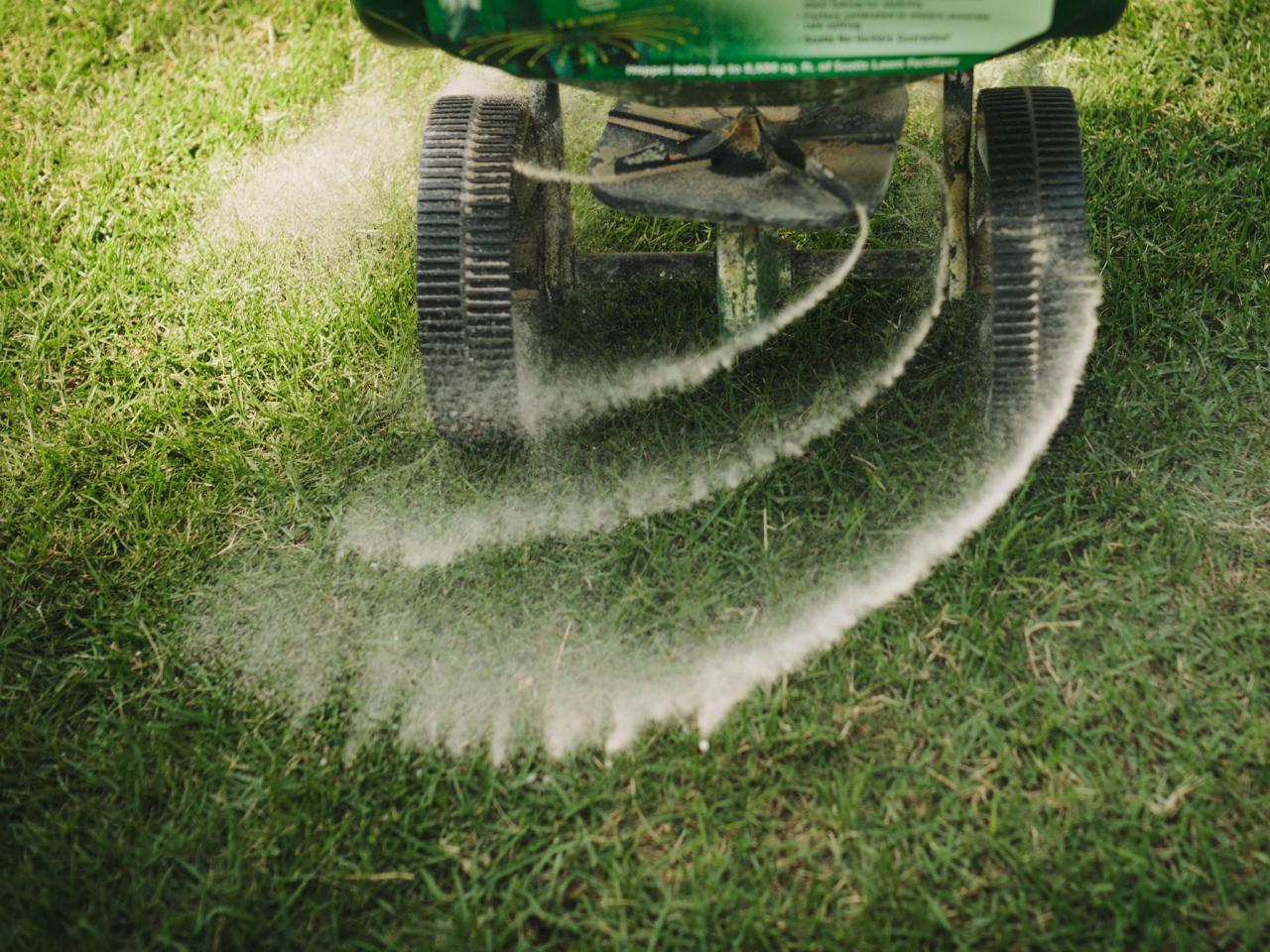

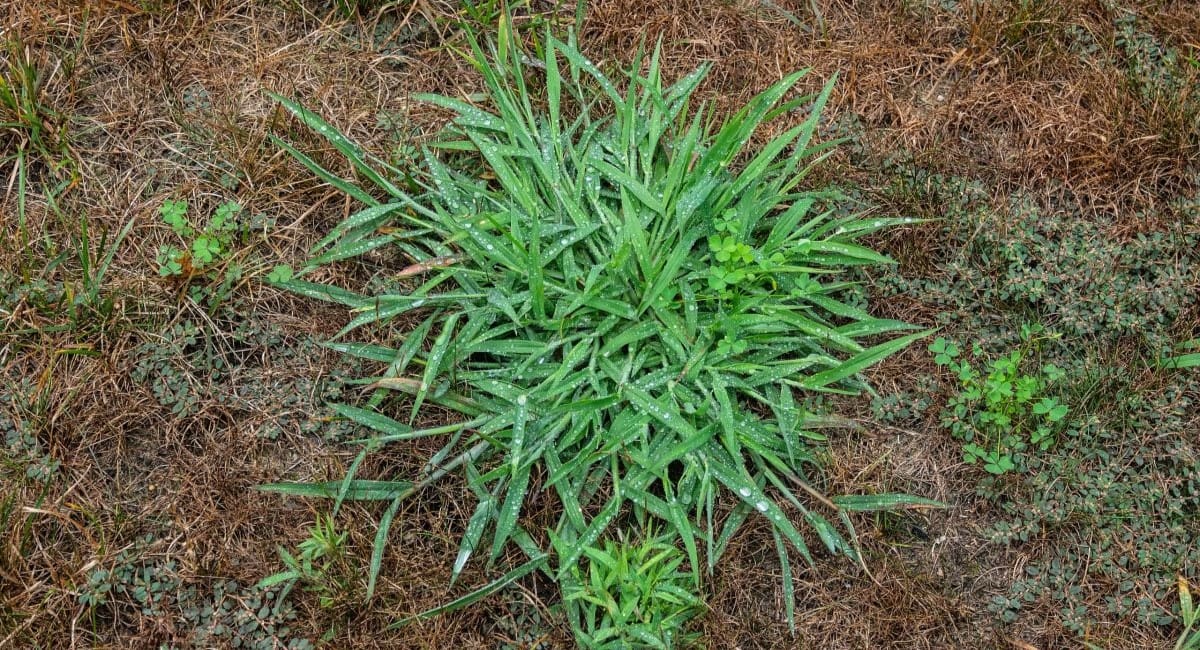
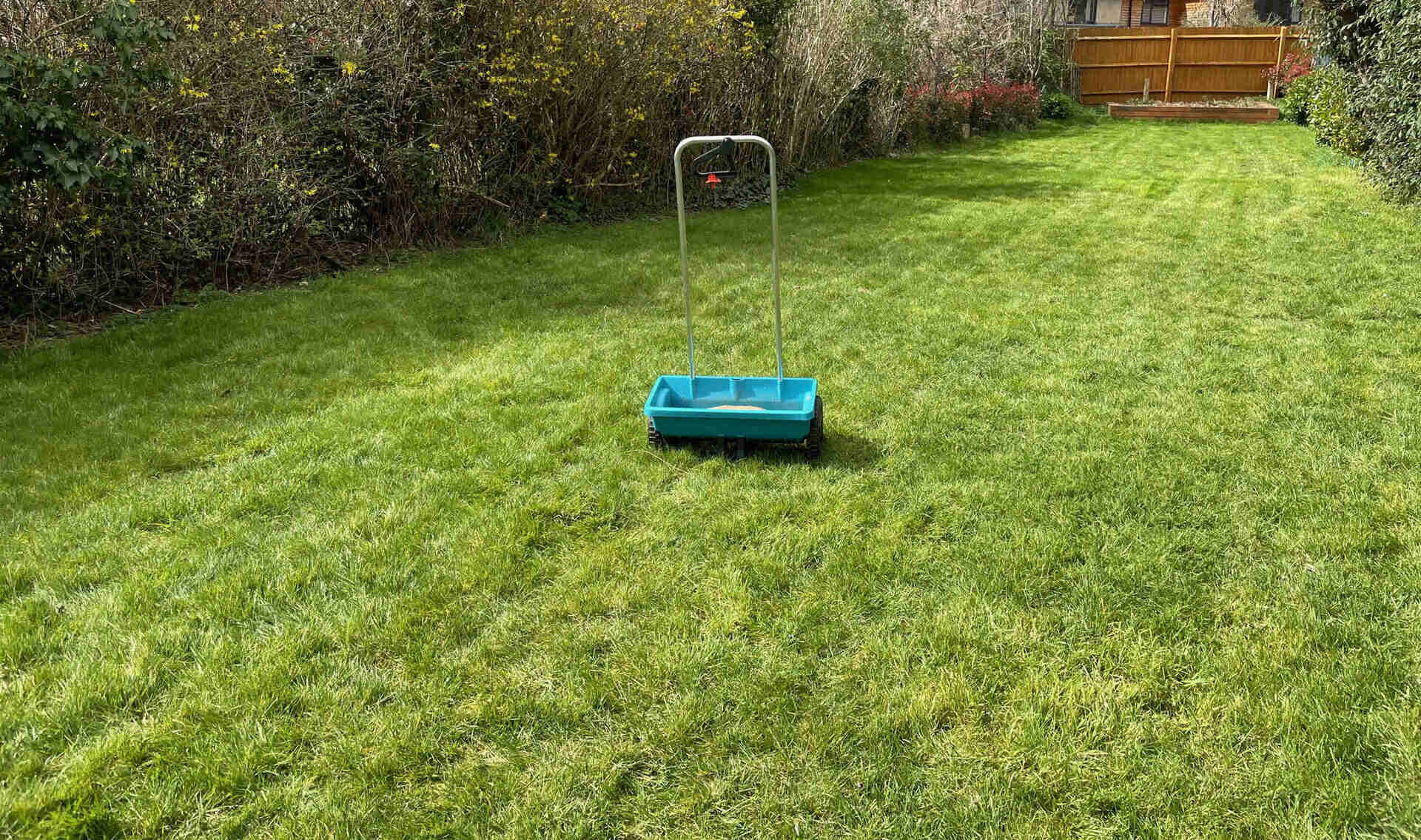

0 thoughts on “When To Apply Fungus Control For Lawns”